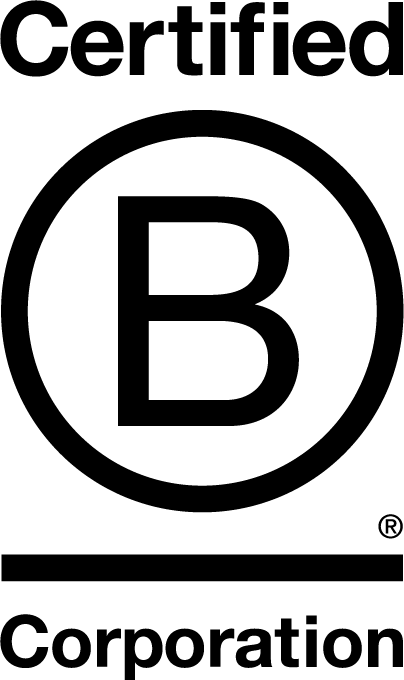Water in balance in the Alblasserwaard
Rivierenland Water AuthorityA smart system for a resilient landscape
In the Alblasserwaard region, authorities and engineers are working together on an ambitious challenge: preparing the regional water system for the future. This is not a minor intervention, but a bold redesign of the water infrastructure, connecting nature, infrastructure, and safety. Dutch Boosting Group supports this project — part of the national Flood Protection Programme (HWBP) by providing structure, clarity, and systems thinking.


The challenge: from concept to integrated system
At the heart of this transformation is a new pumping station (boezemgemaal) in Hardinxveld-Giessendam, expected to become operational around 2030. To bring water to the station, a new canal is being constructed between the Giessen and the Beneden-Merwede rivers up to 100 meters wide in some sections and approximately 1.5 kilometers long. This canal creates a new inflow and outflow route directly connected to the river system of the Merwede.
Alongside the canal, nature-friendly riverbanks are being developed. The physical interventions are significant: three new bridges (including a railway bridge for the Merwede-Lingelijn), a siphon under the A15 highway, a new polder pumping station, a flexible barrier in the Achterwaterschap, and an opening in the Middelkade. Together, these changes redefine the Overwaard and Nederwaard water landscapes into a more functional and adaptable system.
Additionally, the Giessen river will be widened locally to accommodate the increased flow. Near Giessen-Oudekerk, where the river bends sharply, the riverbed will be deepened and reinforced with two submerged sheet pile walls of 300 meters each.
Our contribution: clarity in complexity
At Dutch Boosting Group, we bring structure and direction to complex projects. In the A5H project, our Systems Engineering support went beyond technical analysis. We translated ambition into clear structure enabling decision-making, collaboration, and implementation to move forward together.
What we delivered:
- Analysis and structuring of client requirements, across multiple subprojects.
- Development of a comprehensive Client Requirement Specification (KES) and guidance for the requirement approval process.
- Standardization of SE processes, including verification, validation, system analysis, and traceability workflows.
- Authoring a System Requirement Specification (SES), focused on clarity, structure, and coherence.
- Custom configuration of Relatics to support the needs of the IPM team across KES and SES processes.
- Project-wide SE implementation support, helping embed ownership and quality in the process.
- Additional support for project control and management, including scope, risk management, and scheduling.
We believe real value emerges when you see how everything connects. That’s why we help design systems that work for water, for people, and for the future.
Our Approach
Dutch Boosting Group played a key role in the 2GW Programme, taking on various responsibilities such as Lead & Senior Coach for Systems Engineering, SE Trainer, and SCB Advisor.
We supported and advised the programme management and the Systems Engineering and Quality Management workstreams. This included developing and implementing the SE strategy, rollout plans, process descriptions, and work instructions. We also helped structure the SE framework and elaborated system specifications.
In parallel, we contributed to the implementation of Systems-Oriented Contract Management (SCB), developing SCB templates and delivering in-company trainings and e-learning modules for both TenneT and its market partners. We set up the Relatics database — the core SE tool — for the 2GW projects, including the establishment of the “2GW Library.”
Following this phase, we guided the (international) contractors in applying Systems Engineering, with a focus on clarifying scope, requirements management, verification, and validation. To support this, we developed dedicated processes and tools to improve the exchange and quality of project information.
We also helped TenneT implement a traceable change management process — both procedurally and within the Relatics system. This allows project teams across the 2GW Programme to implement changes to SE data in a transparent and traceable way, making updates visible and manageable across all departments.
With this full-scope approach, we provided end-to-end support tailored to TenneT’s needs within this strategically vital project.

